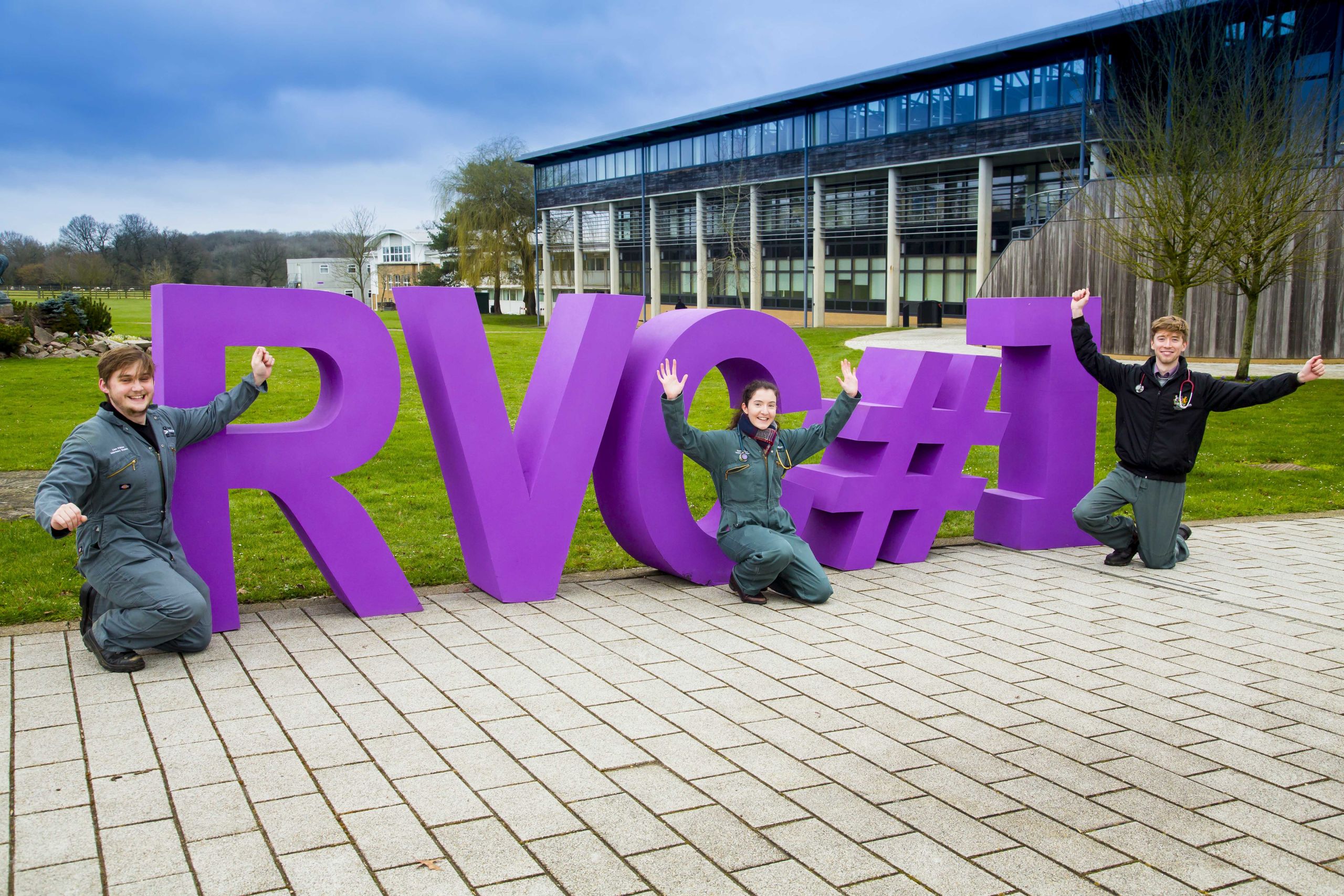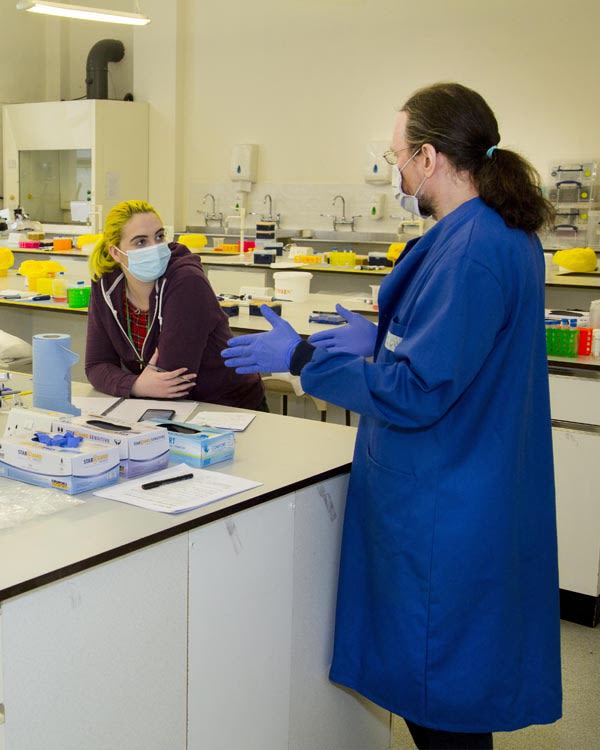Blended Learning Strategy 2021
Enabling Flexible learning at the RVC

What does Blended Learning mean at the RVC?
The RVC is committed to creating opportunities for learning as part of a wider social activity in our community. Just as the physical campus spaces provide ways for students to study collaboratively or individually through the integration of social learning spaces into our varied campus layouts, so too does the digital environment provide complementary opportunities to develop confidence in a range of future-focused digital skills.
Blended learning at RVC aims to combine the best of onsite teaching with learning that takes place in a digital environment while always valuing the social aspects of learning. It includes a mix of teaching approaches, delivery modes and learner styles. The ‘blend’ can mean different places for learning (onsite and digital); different scheduling (synchronous and asynchronous), different pace (class and self-paced) and different types of instruction (expert led, social/group, peer and individual).
Blended learning is:
- Student-centred active learning to develop the skills, knowledge and confidence needed to apply professional skills in their future careers.
- A ‘blend’ of onsite and digital learning opportunities and approaches designed to achieve the learning outcomes through active engagement in the co-construction of knowledge.
- Learning as part of social activity in groups, working collaboratively and with tutors whether onsite or online.
- Flexibility of time and place with opportunities for self-paced learning sostudents can study at home, in the library, at a placement or partner location to suit individual learning styles within the overall shared purpose and structure of the course.
Principles of the blended learning
To achieve the blended learning strategy the RVC is committed to six guiding principles:
1. Active and Engaging learning.
- Learning activities (both class-paced and self-paced) are designed in ways that promote active learning (Bonwell and Eison, 1991) to achieve the learning outcomes.
- Active learning pedagogies provide ways for learners to co-construct knowledge through different types of authentic interactions with content. (May and Silva-Fletcher, 2015).
- The digital aspects of blended learning are more than simply passive access to content – students are actively involved in tasks such as quizzes, forums, Padlets, wikis, blogs, formative assessments, reflection, etc to consolidate concept (Starr-Glass, 2021). The instructor has a visible and active role and technology is used to enhance the experience.
2. Flexible and personalised learning learning - onsite or digitally.
- Personalised learning enables learners to make choices (to suit their learning preferences and backgrounds) about the ‘how’ and ‘when’ they will engage with their learning within the overall shared purpose and structure of the course.
- Flexible learning offers learners choices in the pace, place and mode of delivery (Jones-Devitt, 2020). This means learners can progress with some aspects of their course content digitally (self-paced), while other types of teaching such as practical elements, will be class-paced.
3. Inclusive and accessible approaches to learning to support diverse learning styles and preferences.
- Ensuring learners are well-prepared to work in diverse and complex environments by eliminating barriers to accessing learning, whether onsite or digital, regardless of learner differences and backgrounds (Equality Challenge Unit, 2016).
- Developing scaffolded and supportive learning designs for blended learning to ensure all students can participate, interact and collaborate effectively in groups while recognising their diverse needs (McDuff, Hughes and Sharma, 2020).
4. Evidence-based approach that uses data to improve student outcomes and to maintain teaching quality.
- We will use a data -driven approach to track continuous quality improvement of teaching materials and to support interventions where needed to improve successful student outcomes (Sclater and Mullen, 2017).
5. Building learning communities to support the social aspects of learning in all modes of interaction.
- A balance between learner-learner; learner-tutor and learner-content interactions for learning opportunities that takes place both in onsite spaces (social learning spaces, lecture halls, library) and digitally.
- Constantly creating a social context for learning that recognises the importance of group collaboration and interaction (synchronous and asynchronous) as well as individual self-paced study in order to support reflection and the construction of knowledge (Askell-Williams, Lawson, & Murray, 2007).
6. Uses technology to enhance interaction and to build confidence in digital skills.
- Digital technology is an enabler – not an end in itself. It can be used in innovative ways to interact and communicate and provides new ways to build community and collaboration - wherever learners are located (Baume and Scanlon, 2018).
- In fast-changing workplaces confidence in digital skills (ex. Learning online; information and data literacy; protecting your privacy; communication skills, etc.) are a critical aspect of long-term success (JISC, 2015, 2020) (OFS, 2021)
Measuring Success – How will we know we are achieving these principles?
We’ll measure our success using both internal and external methods:
- Student feedback (e.g. You said… we did, Course Reps, DLCs, etc.)
- Internal student surveys and blended learning surveys.
- External measures such as the NSS and TEF award.
- Using learning analytics to help us understand how students engage with learning materials.
- Successful student outcomes in terms of attainment and progression and Graduate Outcomes for our alumni.
- Increased access to learning opportunities by diverse groups of students using the APP plan.

Contact
Developed through the Blended Learning project group. For more information on this strategy, or other concepts discussed in this document, please contact Director of Learning and Wellbeing.
